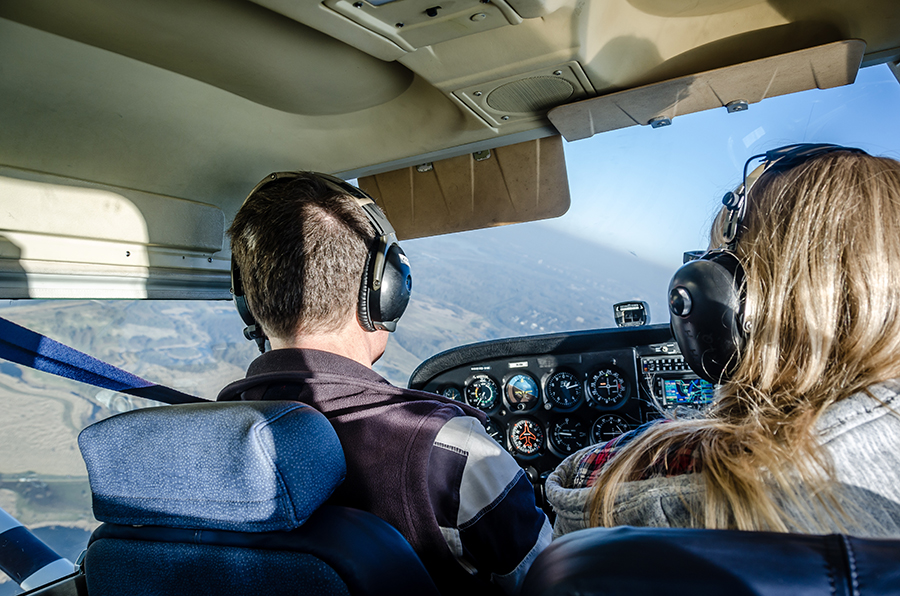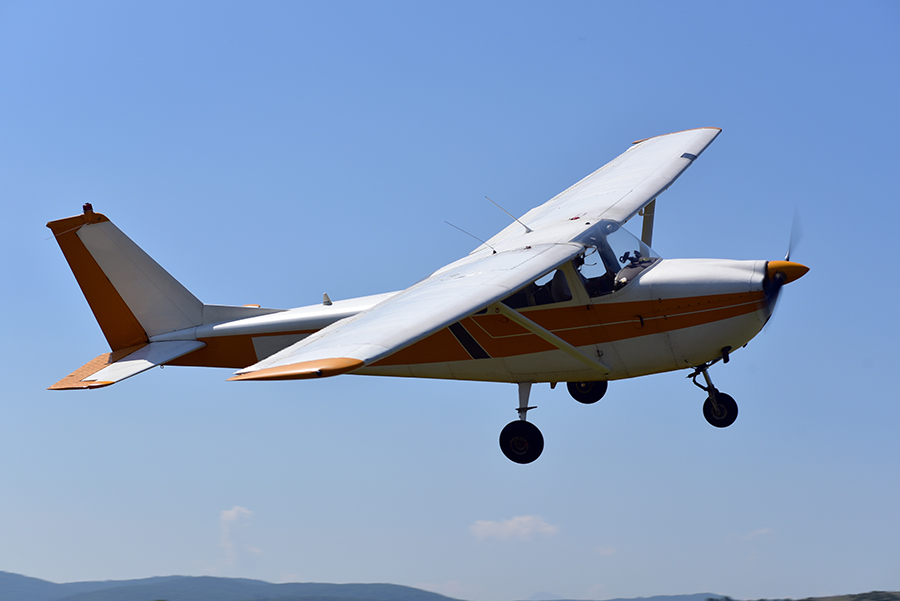As a pilot, the first cross-country flight is a source of excitement and nervousness. Regardless of the nervousness, it is always good to remember that “proper preparation prevents pretty poor performance”. Before we talk more about a cross-country flight, let’s have a look at what the FAA (Federal Aviation Administration) describes as a cross-country flight:
A cross-country flight should be:
- Conducted in an appropriate aircraft
- Includes a point of landing that is at least a straight line distance of more than 50 NM from the point of departure
- It involves the usage of dead reckoning, pilotage, radio aids, electronic navigational aids, or other navigation systems to navigate to the landing point.
Requirements For Cross-Country Flight
Prior to embarking on a cross-country flight the following requirements published in CFR 14 Subchapter D Part 61 Subpart C 61.93 should be met. Some of them are as follows
- The student must have received flight training from an instructor who is authorized to provide training on the procedures and maneuvers that are appropriate to the make and model of the aircraft for which solo cross-country privileges are sought.
- The student must have demonstrated cross-country proficiency on the appropriate maneuvers and procedures to an authorized instructor.
- The student must have satisfactorily completed the pre-solo flight maneuvers and procedures as required by section 61.87 of Part 61 Subpart C on the make and model of aircraft or similar make and model of aircraft for which the cross-country privileges are sought.
- The student must comply with any limitations on the endorsement as prescribed by the flight instructor.
For cross-country flights in a single airplane, the student pilots must receive and log training in the following aspects:
- Use of aeronautical charts for VFR navigation using dead reckoning with the aid of a magnetic compass;
- The use of aircraft performance charts.
- Analysis of aeronautical weather reports and forecasts, including recognition of critical weather situations and estimating visibility while in flight.
- Emergency procedures.
- Traffic pattern procedures
- The procedures and operating practices for collision avoidance, wake turbulence precautions, and wind shear avoidance.
- The recognition, avoidance, and operational restrictions of hazardous terrain features in the area where the cross-country flight will be flown
- The procedures for operating the instruments and equipment installed in the aircraft to be flown, and the recognition and use of the proper operational procedures and indications.
- The use of radios for VFR navigation and two-way communication.
- Takeoff, approach, and landing procedures, including short-field, soft-field, and crosswind takeoffs, approaches, and landings;
- Climbs at the best angle and best rate (Vx and Vy speeds)
- Controlling and maneuvering solely by reference to flight instruments, including straight and level flight, turns, descents, climbs, use of radio aids, and ATC directives.
Preparation For Cross-Country Flights

Student pilots should extensively prepare for cross-country flights. They should check NOTAMs and weather for point of departure, destination, and alternate airports. Also, data on enroute weather and NOTAMs needs to be collected.
If they are flying to an unfamiliar airport, it is advisable to have a look at the airport diagram chart and get familiar with the general layout of the airport. Also, student pilots can have a look at the airport on google maps and determine what kind of terrain they can expect. It is also a good idea to talk to pilots who have flown into that airport and get an overview of challenges, threats, or any unique patterns of that particular airport.
It is also important to get a good night’s sleep the day prior to the flight so that pilots are adequately rested and mentally alert for the duration of the flight. Also, students should have the relevant charts ready and marked.
Tips For Cross-Country Flights
Below are some useful tips for cross-country flights:
- During cross-country flights, it is always a good idea to regularly cross-check one’s position with radio navaids and on the map, at frequent intervals or at designated checkpoints along the route, and make corrections as necessary.
- There should always be a backup plan or plan B in case things don’t go as planned.
- Pilots should always maintain situational awareness regarding the threats around them and the position of other aircraft in relation to them.
- Fuel checks should be carried out periodically and cross-checked against the flight plan to ensure that fuel consumption is within limits and there are no indications of a fuel leak.
- Proper charts, paper or digital, should be available at all times. Make sure that they are up to date.
- Flight following may be requested. Once flight following is requested, the controller will assign a four-digit ‘squawk’ code that the pilot will put in the transponder, this way as the pilot moves on from one controller’s area to another, the pilot is handed off to the next controller until they reach their destination.
- Fatigue is a very important factor during long cross-country flights. Strategies and techniques to minimize the effect of fatigue should be adopted by pilots.
- If the planned route is over water for extended periods of time, life jackets and life rafts should be carried.
- Workload should be reduced as much as possible and the pilot should remain ahead of the aircraft mentally.
- The directional gyro (DG) should be aligned with the magnetic compass at frequent intervals.
- A frequency log should be compiled containing all the frequencies the pilot will need along the route.
- It is important to keep hydrated throughout the journey. Pilots are encouraged to keep up their hydration levels by drinking plenty of fluids during the flight.
Conclusion
In some ways, a cross-country flight is just a local flight, however, the preparation is much more extensive and detailed along with a special emphasis on the weather, terrain, and other threats that may be present.
It is important to remember that “proper planning prevents pretty poor performance”, hence, it is always a good idea to thoroughly prepare for each flight even if that sector has been flown before.



